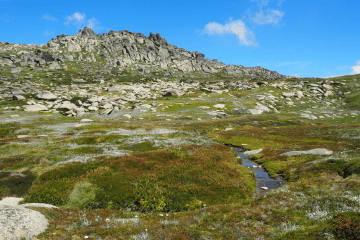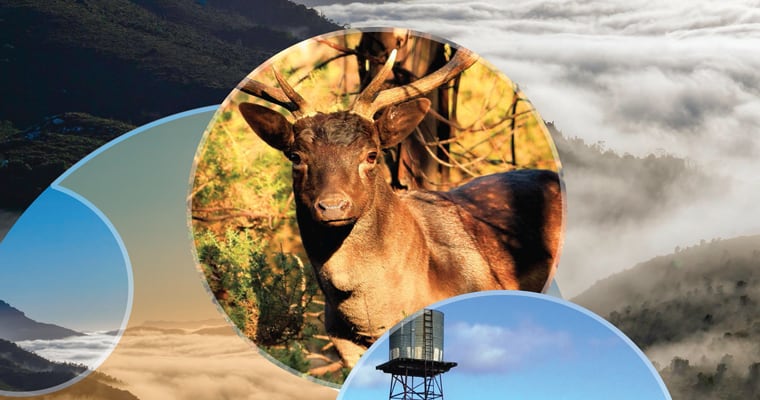Rock snot: This freshwater algae can form a think brown layer that smothers the bottom of streams or lakes. New Zealand failed to keep it out and is now paying the price. We don’t want rock snot in Australia.
Invasive ants: They can form super-colonies, monopolise food and outcompete or destroy local ants. In Australia we have already spent $340 million trying to eradicate fire ants, but there are several other ant species to be feared. Raspberry crazy ants, for example, form extraordinarily dense populations. In the southern USA they have even displaced invasive red fire ants.
Wattle and eucalypt diseases: We already have myrtle rust, which infects hundreds of myrtaceae species, but we are also at great risk of accidentally importing more pathogens that have adapted to our eucalypts and wattles grown overseas.
Wildlife diseases: There are many wildlife pathogens that could invade Australia. Avian malaria caused the extinction of half of Hawaii’s native bird species. New strains could evade natural defences and cause large-scale death. White nose syndrome has caused massive declines in cave hibernating bats in the US.
Rampant weeds: Although new weed species cannot be introduced legally into Australia, people can and do easily import them illegally through online trading sites. They could include new cactuses and grasses for example.
Black-spined toad: Like the cane toad, it is potentially toxic to predators. It competes with native frogs and other wildlife and could introduce new diseases. It has the potential to be more damaging than the cane toad.









